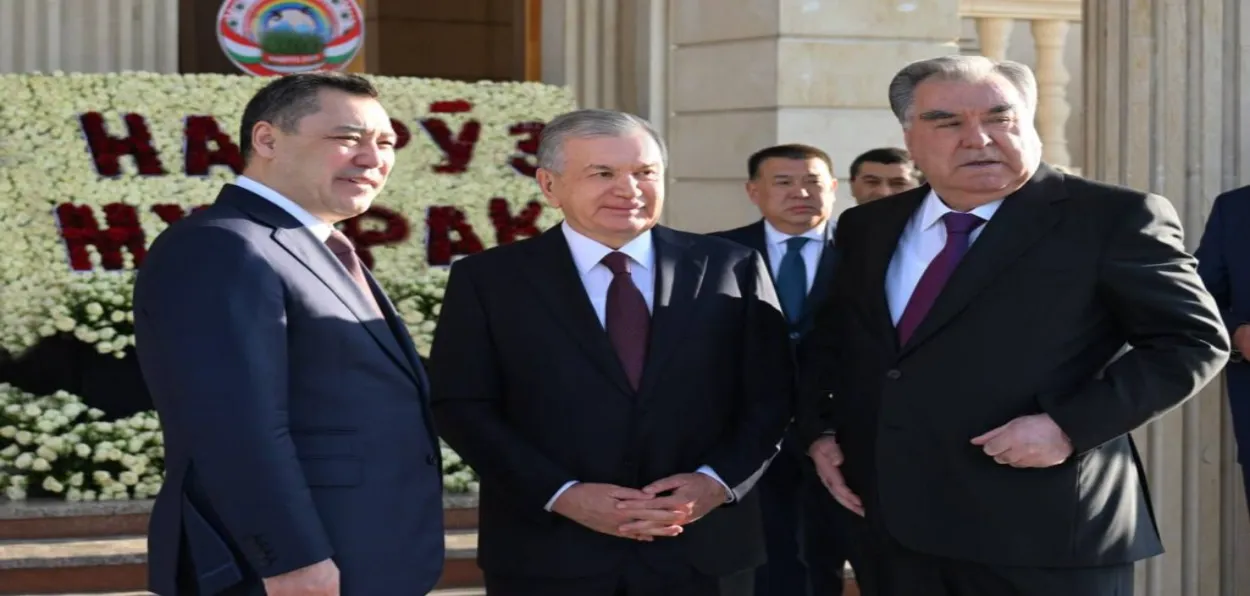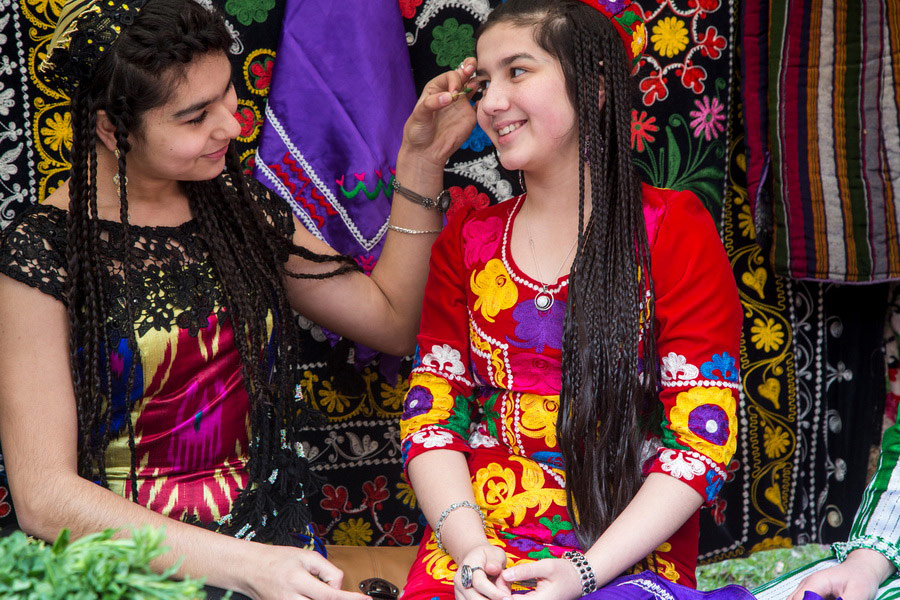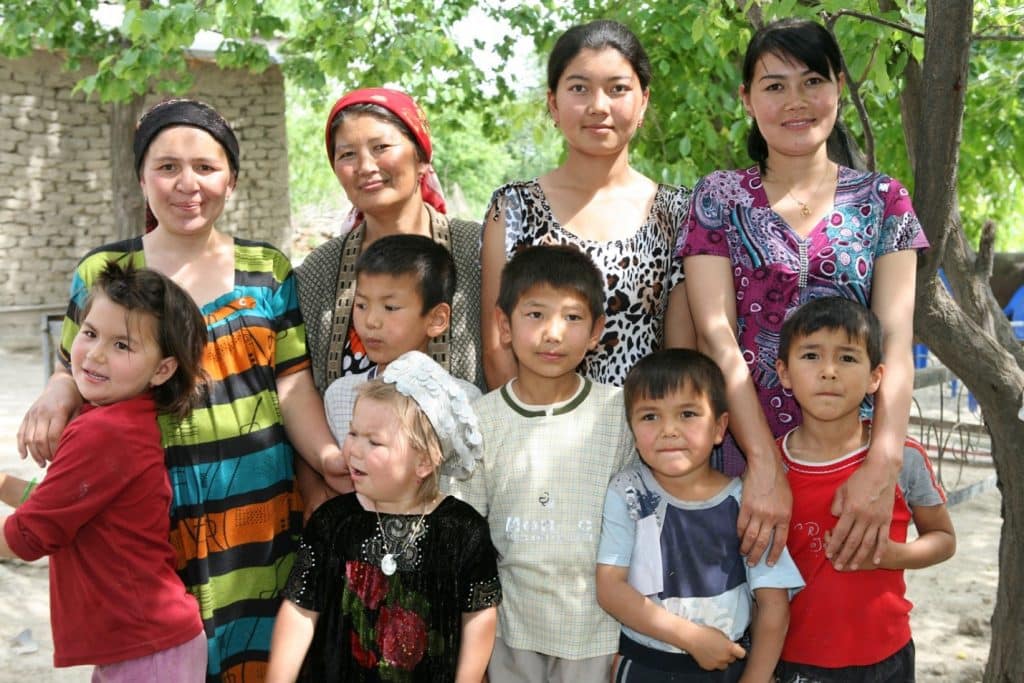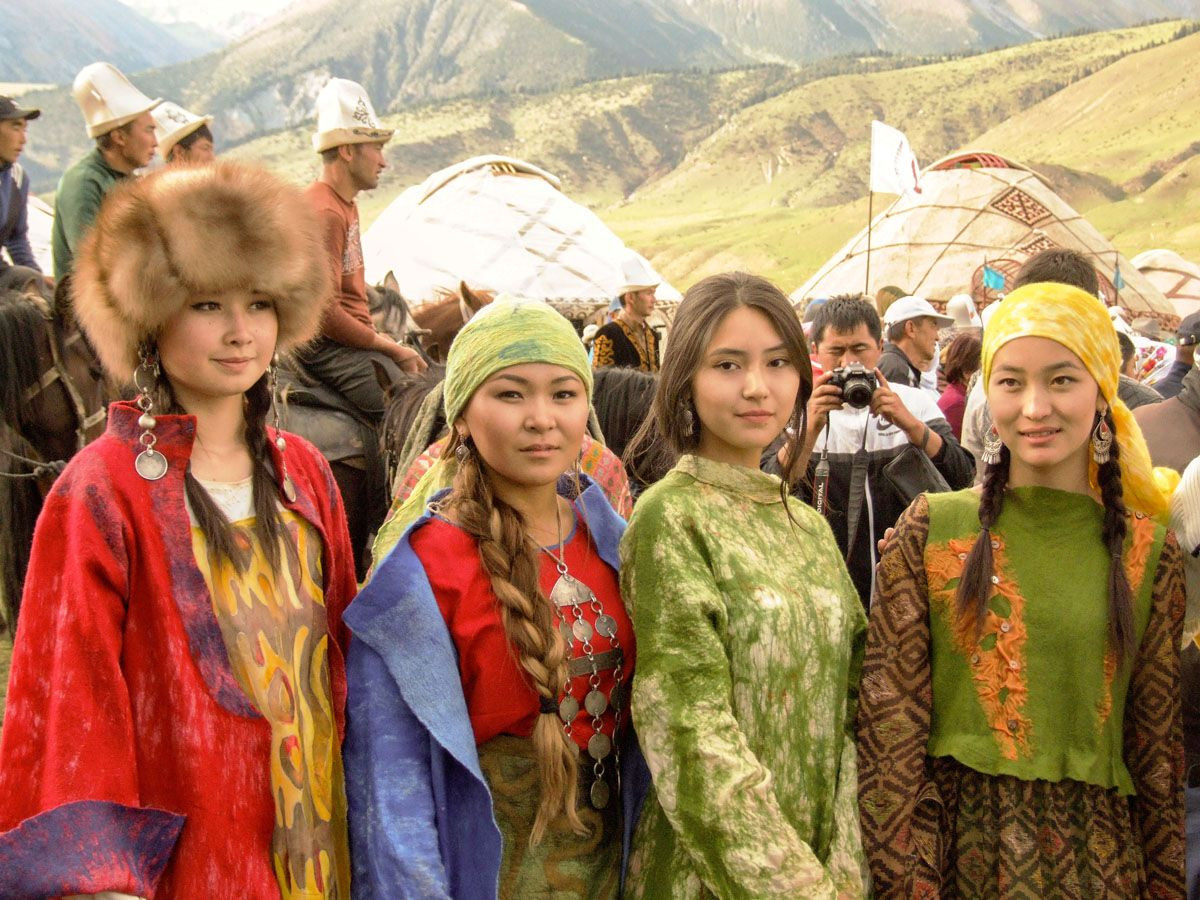
Aditi Bhaduri

A historic summit took place at Khujand, Tajikistan - one of the oldest cities in Central Asia - among the leaders of Uzbekistan, Tajikistan, and Kyrgyzstan. President Sadyr Japarov of the Kyrgyz Republic, President Emomali Rahmon of Tajikistan, and President Shavkat Mirziyoyev of Uzbekistan signed a Treaty on the junction point of their state borders.
They also signed a Joint Khujand Declaration on Eternal Friendship, ending their 34-year border conflicts. Ever since the three countries rose as sovereign nations from the ashes of the erstwhile USSR or the Soviet Union 34 years ago, Uzbekistan, Kyrgyzstan and Tajikistan had been embroiled in border conflicts with each other. Every now and then, the conflicts intensified.
At times, it got particularly vicious with loss of lives, as happened during Kyrgyz-Tajik border clashes which saw over a 100 dead, loss of livelihood, and resources. That has now become a thing of the past.
Central Asia's contested borders had their origins in Soviet times, when a simple administrative demarcation was drawn between the mountainous neighbours.
The treaty reflects the firm commitment of the three states to transform state borders into a zone of peace, stability, and joint development, fostering security and prosperity throughout the region.
The resolution of border issues between the three countries that share the Fergana Valley is the outcome of years of meticulous work, frank dialogue, and cooperation based on the principles of respect for sovereignty, equality, and mutual benefit. It opens up entirely new prospects for the development of comprehensive partnerships, strengthening trust and friendship among the peoples of the three nations while improving their quality of life

People of Uzbekistan
The documents were signed following a trilateral summit in Khujand, Tajikistan, highlighting the commitment of the three nations to respect each other’s sovereignty and territorial integrity while fostering constructive dialogue and cooperation in Central Asia.
“The agreements open up new prospects for strengthening mutual trust, maintaining stability and developing integration processes in the region,” reads the statement.The meeting also saw the unveiling of a symbolic stele at the junction of the three countries’ borders. The opening ceremony, held via videoconference from Khujand, featured the heads of state simultaneously pressing a button to mark the occasion. The stele stands as a symbol of friendship between the nations, representing a new era of cooperation, trust, and good neighbourliness between countries after the final settlement of border matters.
The summit was preceded by the agreement between Central Asian neighbours Kyrgyzstan and Tajikistan on December 4, 2024, on a border demarcation deal on the last contested frontier in the region, - the 970 km long Kyrgyz-Tajik border.
On the other hand, Kyrgyzstan and Uzbekistan concluded a treaty in November 2022 on certain sections of the 1380 km State Border and the Agreement on joint management of water resources of the Andijan reservoir.
Even earlier, Uzbekistan had demarcated much of the 1332 km-long border with Tajikistan in 2002, and the remaining was settled in 2018, after years of painstaking negotiations. Much of the credit goes to current President Shavkat Mirziyoyev, who, after assuming the presidency in 2016, made the settlement of Uzbekistan's border disputes a priority for his government. All of this finally paved the way for the 31st March summit and the Treaty on Eternal Friendship.

People of Kyrgyzstan
While stable and secure borders are a prerequisite for the security and well-being of any country, in Central Asia, it assumes greater urgency given the landlocked nature of all the states of the region. For instance, the conclusion of peace between Kyrgyzstan and Uzbekistan has enabled these countries to move ahead with the China-Kyrgyzstan-Uzbekistan railway project.
The settlement of territorial disputes is allowing for better integration, which is allowing the countries to act as a bloc to better negotiate, better pooling of resources for joint development, and countering common challenges, from connectivity to climate change to terrorism related concerns. A result of such integration may soon be a common visa for foreigners to travel to the region.
Central Asia has also begun to play an increasingly important role in shaping the global agenda as a responsible and predictable actor in international relations. This is amply reflected, for example, in the first ever summit that took place between the five Central Asian Republics (Kazakhstan, Kyrgyzstan, Tajikistan, Turkmenistan, and Uzbekistan) or C5 and the European Union.
ALSO READ: Kazakhstan with its openness, growth story is for India to befriend
This is indeed an achievement that we in South Asia - the least integrated region in the world - can perhaps learn from.
Aditi Bhaduri is an independent journalist with expertise in Middle-East and Central Asian affairs
